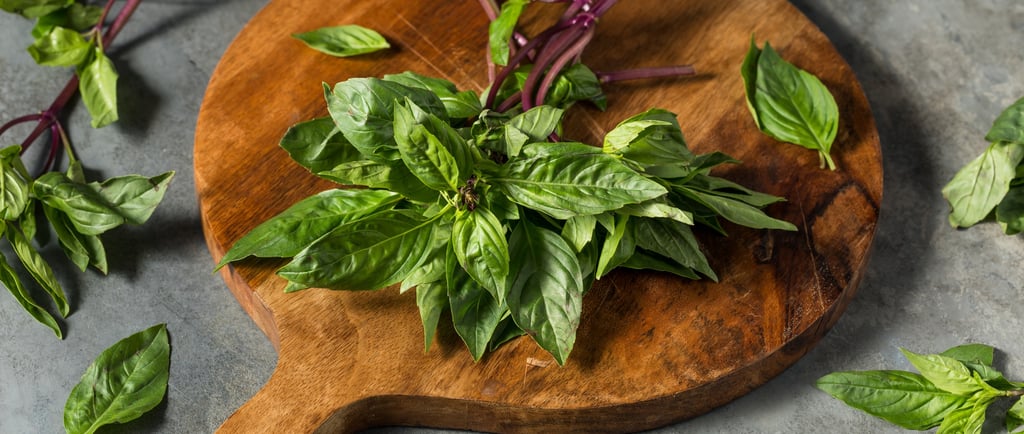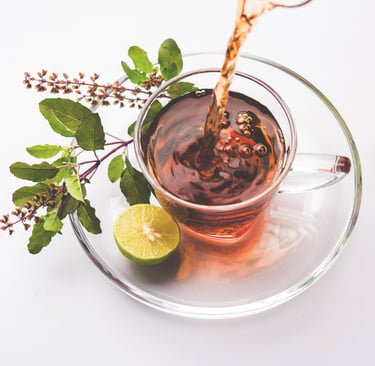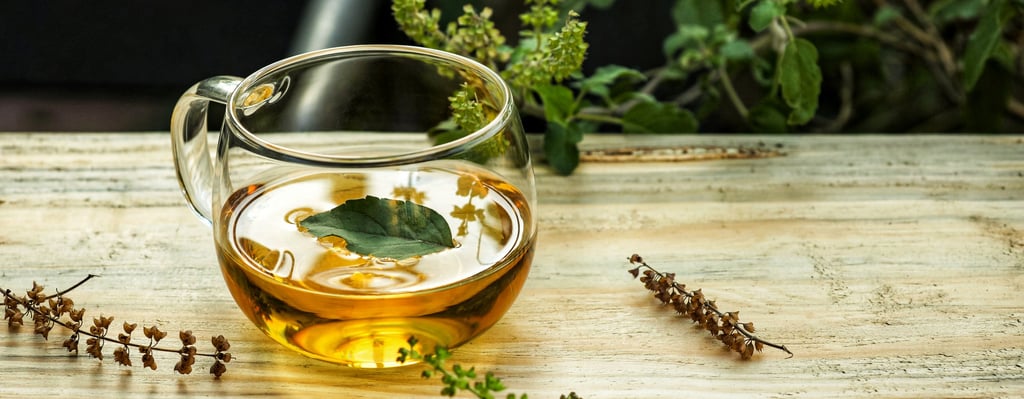Holy Basil (Kapoor Tulsi): The Sacred Healer for Every Garden
If you're looking to grow something both spiritually significant and incredibly useful, Holy Basil (Kapoor Tulsi) deserves a prime spot in your garden.
4/16/20252 min read


If you're looking to grow something both spiritually significant and incredibly useful, Holy Basil (Kapoor Tulsi) deserves a prime spot in your garden. Revered in Ayurvedic medicine and beloved by gardeners around the world, Kapoor Tulsi (Ocimum sanctum) isn’t just an herb—it’s a sacred tradition, a natural remedy, and a pollinator magnet all in one.
What Makes Kapoor Tulsi Special?
🌿 Heirloom & Open-Pollinated
Grown and preserved for generations, this variety stays true to its roots. Heirloom and open-pollinated seeds ensure you can save seeds year after year, keeping your garden self-sustaining.
☀️ Tender Perennial in Warm Climates
While Holy Basil is a tender perennial in USDA zones 10–12, most growers treat it as an annual in cooler regions. That said, don’t let the label scare you—Kapoor Tulsi is one of the best Holy Basil varieties for temperate climates thanks to its hardier nature and faster growth.
🌎 USDA Zone: All Zones
Whether you're growing in a raised bed in Virginia or a container on a city balcony, Kapoor Tulsi can thrive anywhere with a little love and sunlight.
Sacred, Aromatic, and Flavorful
Kapoor Tulsi reaches a compact height of 12 to 24 inches, making it perfect for small garden spaces or container planting. Its purple flower spikes and highly aromatic leaves attract bees and beneficial insects—making it not just a healer for humans, but also for your garden ecosystem.
Flavor-wise, it offers a spicy-sweet profile with hints of clove and pepper, perfect for herbal teas, tinctures, and culinary dishes that need a burst of herbal warmth.
Growing Instructions: From Seed to Sacred Harvest
Here’s how to grow this fragrant powerhouse from seed:
🌱 Start Indoors
Begin 6–8 weeks before your last frost date. Sow seeds on the surface of your seed-starting mix—don’t bury them! Holy Basil seeds need light to germinate, so just press them gently into the surface.
💡 Light & Moisture
Keep your soil evenly moist, but avoid soggy conditions. Place your trays or pots under bright, indirect light—a sunny windowsill or grow light setup works well.
🌞 Transplant After Frost
Once the risk of frost is gone, harden off your seedlings and transplant them outdoors. Space them 12–18 inches apart in a sunny spot with well-draining soil.
💧 Care & Maintenance
Water regularly to keep the soil slightly moist. In return, you’ll get lush green growth and flowers that bloom all season long. Snip flowers to encourage leaf production if you're harvesting for culinary or medicinal use.
Healing Benefits & Everyday Uses
Tulsi is considered a “rasayana” in Ayurveda—a rejuvenating herb that supports the body’s ability to adapt to stress, promotes longevity, and restores balance. Modern herbalists use it to support the immune system, reduce inflammation, and calm the mind.
Add fresh leaves to:
Herbal teas and tonics
Soups and stir-fries
Oil infusions or tinctures
Or simply crush a leaf and inhale the scent—it’s instantly grounding.
Kapoor Tulsi is more than a plant—it’s a living tradition.
Grow it for its beauty, its benefits, and its ability to bring calm into your life and garden. Whether you're an herbalist, a home gardener, or just looking to connect with nature in a deeper way, Kapoor Tulsi is a worthy companion.
Have you grown Tulsi before? Share your experience or your favorite Tulsi tea recipe in the comments!




Grow
Cultivating wellness through gardening and sustainability.
Email Us:
© 2025. Healing IN Garden & Farm LLC. All rights reserved.
Created by askdolo.com
